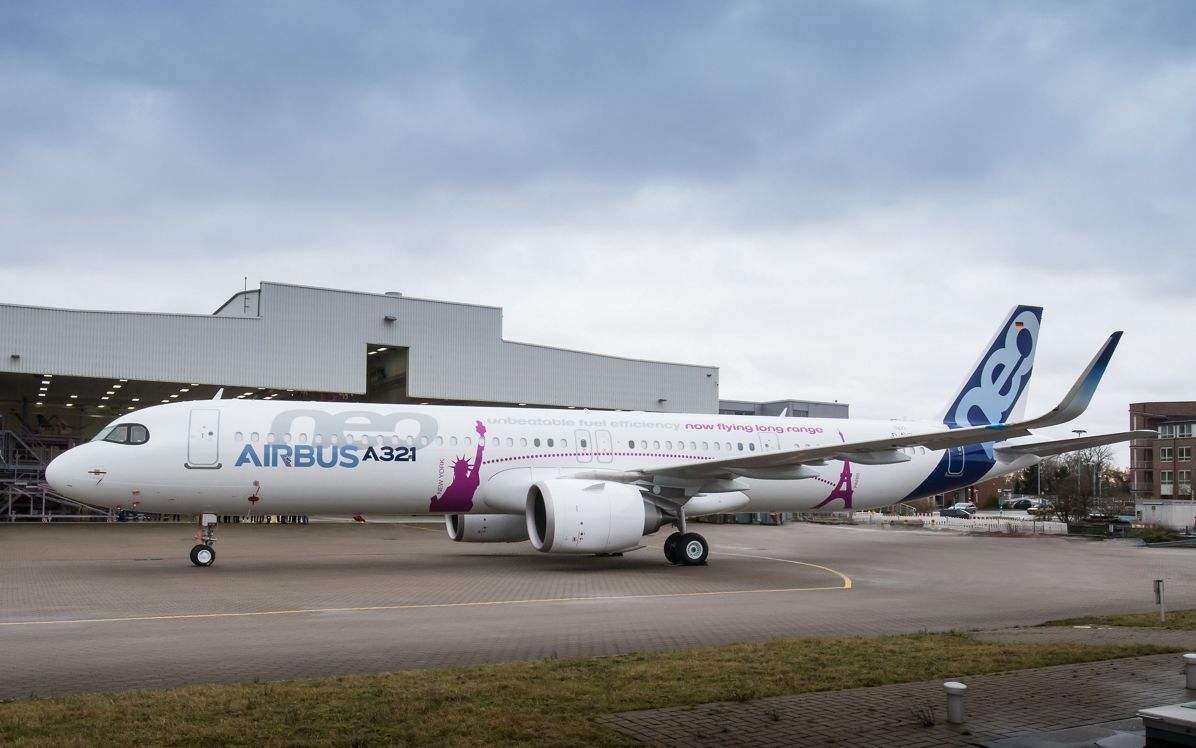The Airbus Cabin Flex (ACF) version of the A321neo offers longer range and higher capacity.
Airbus has completed assembly of the first A321neo ACF (Airbus Cabin Flex) at its facilities in Hamburg, Germany. The aircraft, powered by CFM LEAP-1A engines, will undergo ground tests prior to its scheduled first flight in the coming weeks. First delivery of an A321neo ACF to a customer is scheduled for mid-2018.
The first aircraft has been decorated with the Eiffel Tower and the Statue of Liberty, highlighting the aircraft's transatlantic capability.
By applying modifications to the fuselage and by activating/deactivating different combinations of passenger doors and emergency exits, the ACF enables more flexible cabin configurations for up to 240 passengers.
Compared to the previous A321 variant, the most visible modifications are a new rear section and a modified passenger door configuration, where the door located forward of the wing is removed and new overwing emergency exits in the centre section are introduced. The A321neo ACF is an option today and will become standard for all A321neos around 2020.
A total of 175 A321neo ACFs have been ordered to date by Delta Air Lines (100), Qatar Airways (50) and Pegasus Airlines (25).
The A321neo ACF is the base for a longer-range variant known as the A321LR. The A321LR has an increased maximum take-off weight of 97t and a third underfloor fuel tank allowing airlines to increase its range to 4,000 nautical miles for intercontinental flights. The first delivery of an A321LR is targeted for the fourth quarter of 2018.

